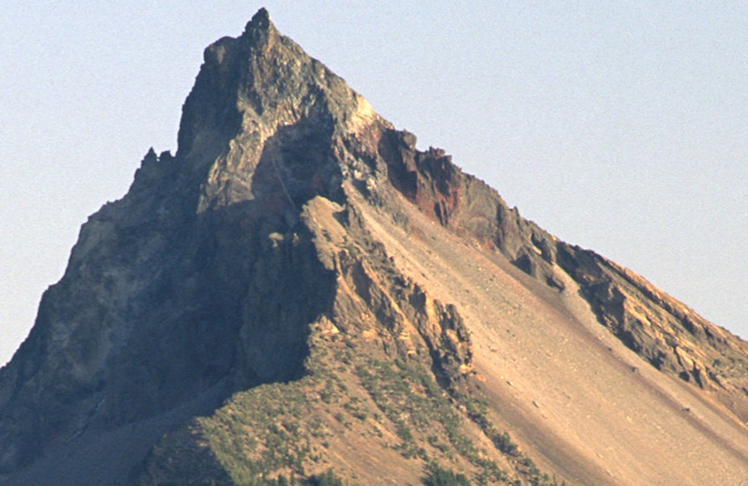
Lathrop Glacier, a glacier in Southern Oregon that has been there for as long as anyone can remember, has disappeared. It was Oregon’s southernmost glacier on Mount Thielsen, an extinct volcano mountain in the Cascade Range, east of Diamond Lake in Douglas County.
A researcher at Portland State University said that because of climate change, seeing the Lathrop Glacier disappear, isn’t surprising. “I don’t think this is particularly unusual, well, unusual because of climate warming, this is kind of what we expect. The small vulnerable ones, like the Lathrop, are the ones that would go first,” said Andrew Fountain, a glacier expert at PSU.
There are about 200 glaciers in Oregon. According to Fountain, they’re all about a quarter smaller than they were in the 1980s. Oregon Glaciers Institute President Anders Carlson said Lathrop Glacier was a little less than half the size of a football field, just 0.002 square kilometers in area. It was Oregon’s smallest glacier.
There’s likely enough buried ice to keep the creek going another 10 or 20 years, but then it will dry up and the little ecosystem will disappear, he said. The glacier had probably been in existence hundreds, maybe thousands of years. “Since the Romans or something like that, there had probably been some kind of glacier ice formed on that area there,” Carlson said. But it wasn’t discovered until 1966, when Ted Lathrop spotted it on a hike.
The exact date of Lathrop Glacier’s disappearance isn’t known. But in 2020, when the Oregon Glaciers Institute visited the site again, it was gone. So what was the culprit in Lathrop Glacier’s disappearance? The chief suspects, according to Carlson, are climate change and the brutally hot summer of 2015. It’s likely, he said, that they worked together to melt Lathrop.















